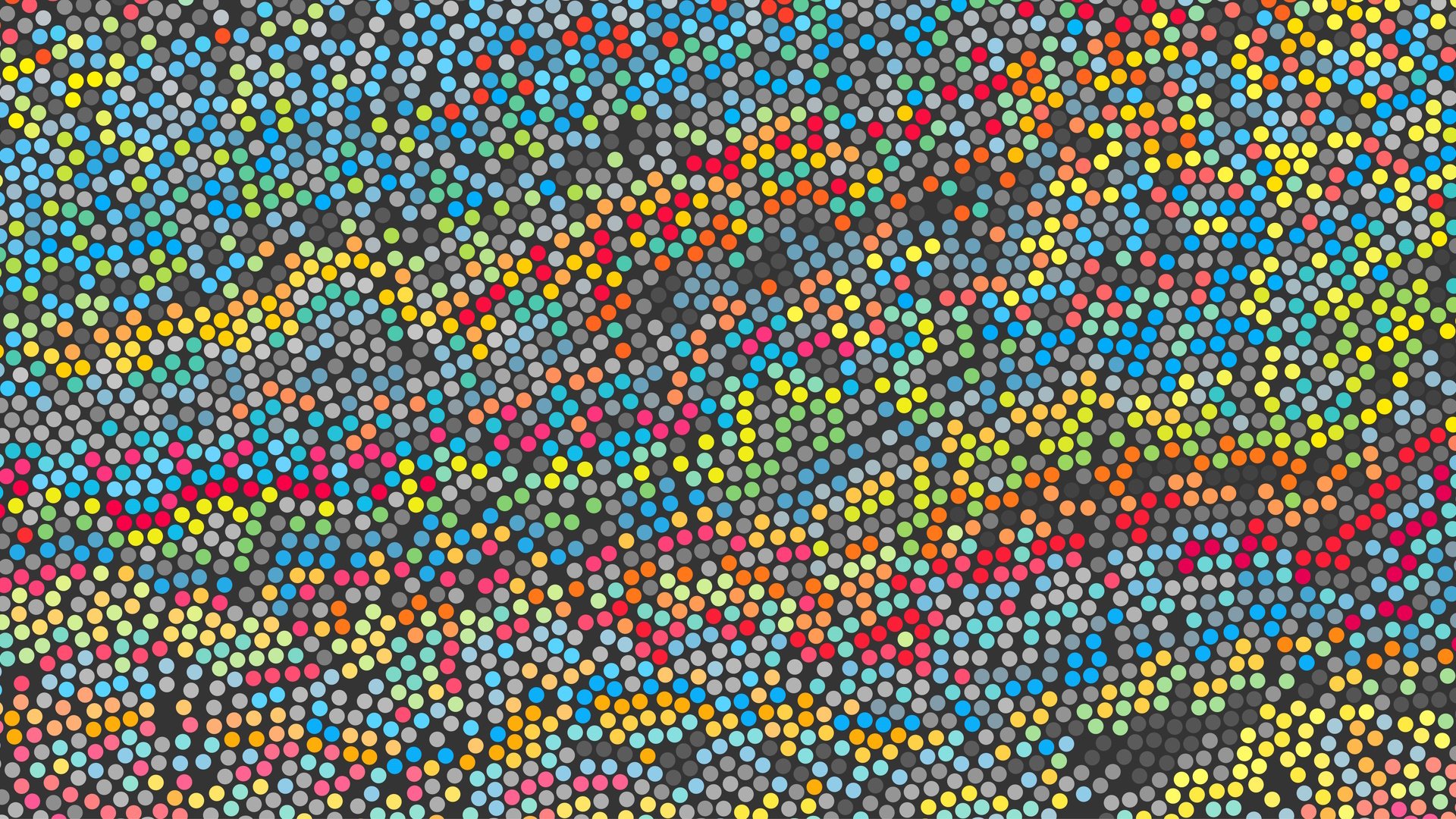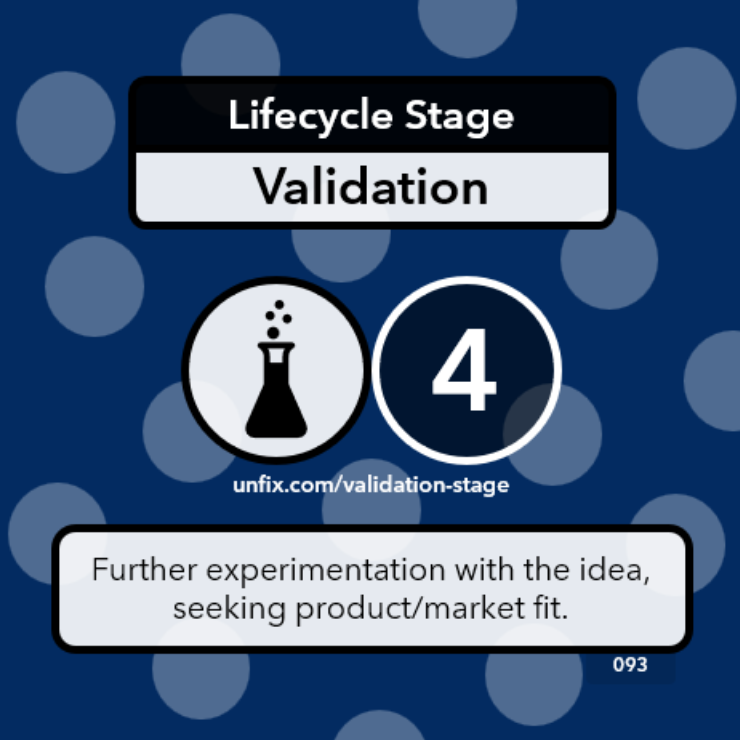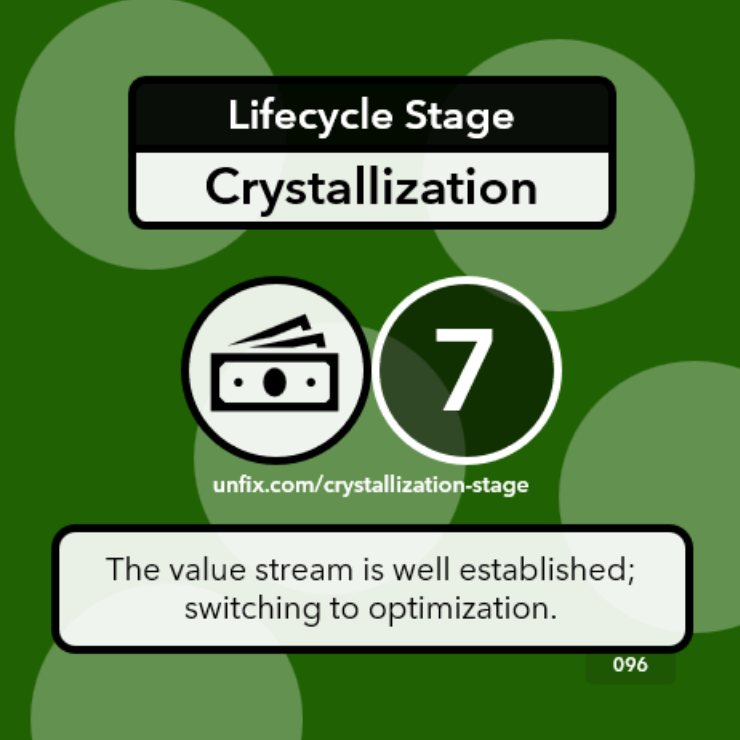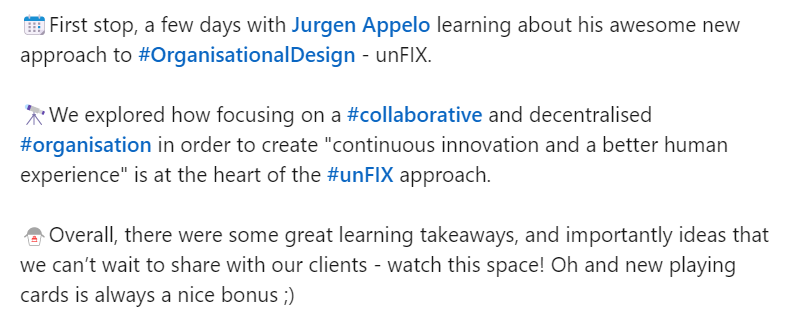
Expansion (8)
Lifecycle Stage
In the Expansion Stage, the value stream can expand to other variants or spin-offs of the value stream.
Initiation • Expedition • Formation • Validation • Stabilization • Acceleration • Crystallization • Expansion • Conservation • Termination
Purpose
“The Expansion stage (8) is where the business model experiences its midlife crisis. It starts to show clear signs of aging and the business tries different things to stay dynamic and youthful. It funds new ideas through internal startups, adds new products and services to its existing markets, and brings more variety to its product line. It also attempts to bring its established, profitable business model into new distribution channels and new markets. In short, it travels a lot and tries anything to stay relevant.
However, the competition does not sit still either. Without a constant need to adapt and expand, complacency may set in. The market has seen the successes of the business and is actively co-opting its ideas, often in more interesting ways. A decline of the business is inevitable once it stops making room for innovative new ideas.
I think it’s important to emphasize that, while the company as a whole could be getting larger, individual products and services within the company should be treated as being in different stages of their Business Lifecycle. Some business models are still babies; others are toddlers, kids, or teenagers. The adults usually pay for everything, including the care of the elderly. The organization is a family that tries to stick together and thrive through ongoing renewal. The only way for a family to survive the passage of time is to keep making babies. The only way for an organization to survive is to keep generating new businesses.”
Notes
The text on this page is adapted from the book Startup, Scaleup, Screwup by Jurgen Appelo.
Rules / Constraints
We have identified no rules/constraints yet.
Free book chapter
We offer a free chapter from the book Startup, Scaleup, Screwup, which describes the Lifecycle Stages in more detail. Sign up to our newsletter to get access to the free download!




“Life is in stages. There is a stage where, like grasshoppers, we hop from grass to grass. And another, where we move from grass to grace.”
(Source: Michael Bassey Johnson)













